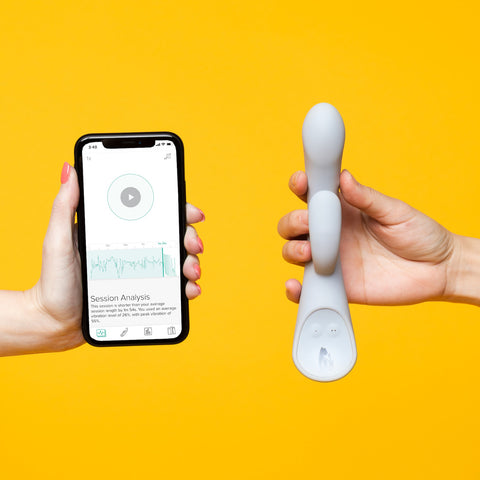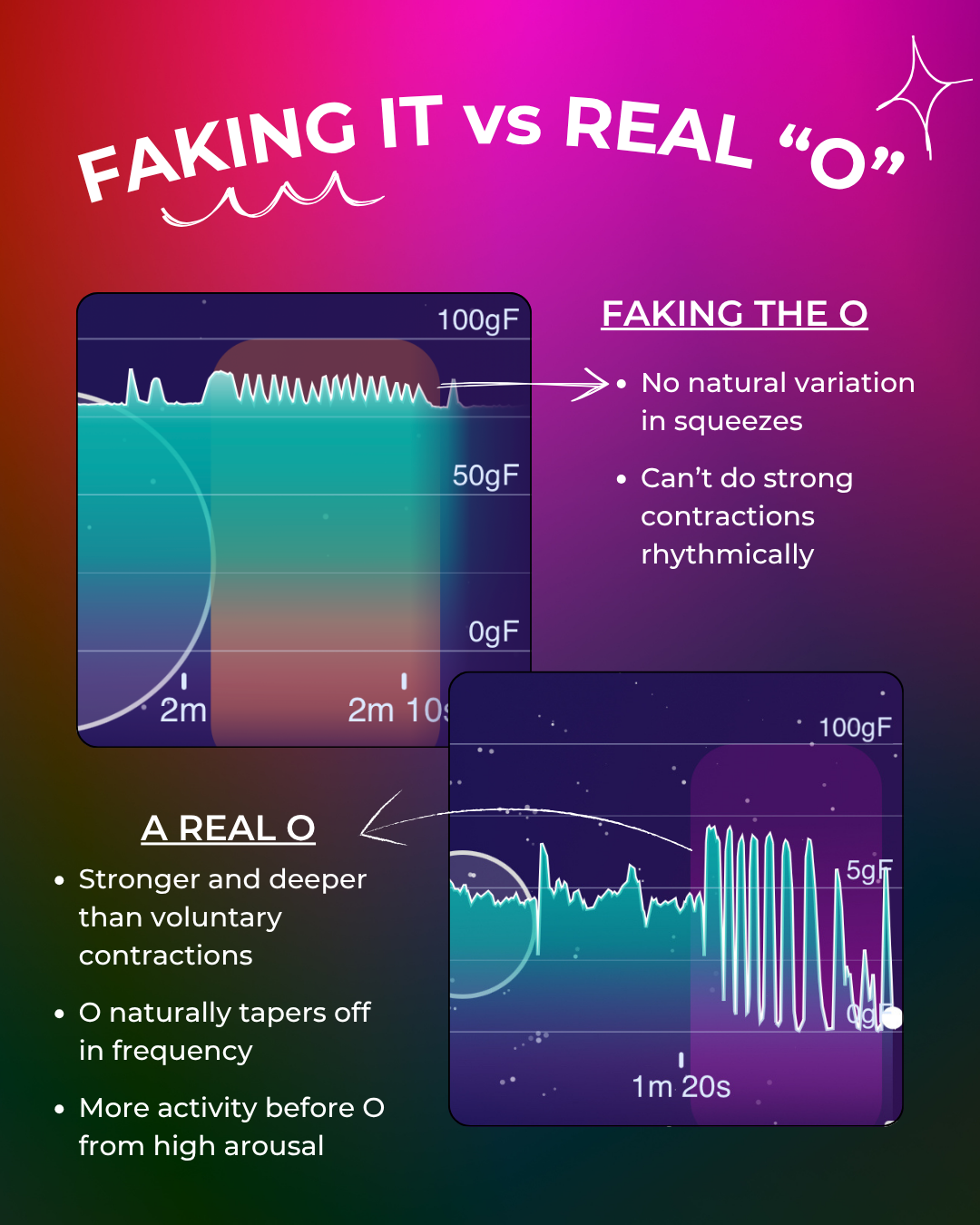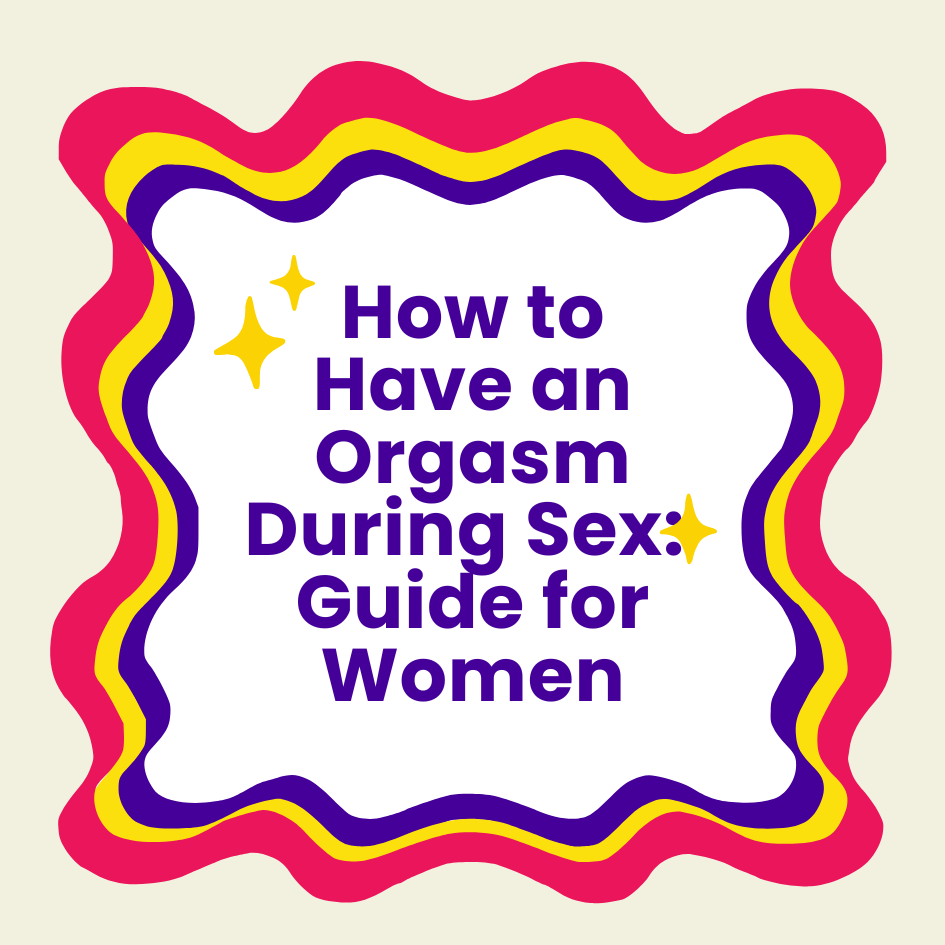By: Lindsay Curtis
“The best way for me to describe it is to say it’s like having a tremendous wave of pleasure,” says Hannah A., who experienced an orgasmic birth while in labor with her second child. “It isn’texactlylike an orgasm, because it wasn’t really centered in my genitals. It’s more like a full-body experience of ecstasy unlike anything I’ve ever felt.”
It’s hard to imagine labor and delivery as anything other than a woman screaming in pain, enduring the painful process that is birth. But those who have had an orgasmic birth — otherwise referred to as a “birthgasm” — will tell you that sometimes, the excruciating pain experienced during childbirth can transition into something that is best described as ecstatic pleasure.

The science of an orgasmic birth
The validity of a birthgasm is met with some skepticism in the world of obstetrics, but people who have experienced it swear it’s real, and there’s a possible scientific explanation.
Almost 70 percent ofmidwives surveyed in France in 2013 had witnessed an orgasmic birth, and 85 percent believed it was physiologically possible.
“Orgasmic birth does not necessarily mean you experience orgasm,” says Elizabeth Davis, author of Orgasmic Birth: Your Guide to a Safe, Satisfying, and Pleasurable Birth Experience, “but that you give birth with feelings of ecstasy and release, connected to both your body and your baby.”
While the idea that you can have a pleasurable birth is not something that is well-known or particularly common (one study says it occurs in approximately 0.3% of births) it is entirely physiologically possible.
Oxytocin — the “love” hormone — plays a big role in the labor and delivery process; it helps kickstart labor and triggers the uterine muscles to move in a “wave-like” motion to help push the baby out. This powerful hormone is also released during sex and orgasm.
Though a birthgasm can happen at any point in labor, it’s most likely to occur in the moments leading up to delivery. As the baby’s head descends and applies pressure in the vaginal canal in preparation for delivery, feelings of pain — and pleasure — may start to intensify for the laboring mom. This is the moment when a rush of oxytocin occurs,almost 10 times higher than at any other time in a woman’s life. This can evoke an experience that is similar to that of an orgasm.
What can I do to have an orgasmic birth?

If having an orgasmic birth sounds appealing, you can take matters into your own hands (no pun intended!) to increase your chances of experiencing one.
Though it may sound hokey, the first thing you can do is believe with conviction it can happen. Your state of mind and attitude during labor is important. Staying open to pleasure at a time when you’re expected to experience the opposite may help.
Consider the environment you will be giving birth in. Birthgasms may be less likely to occur in a hospital, due to the lack of privacy coupled with the clinical setting of a hospital, which may diminish the pleasure-boosting effects of oxytocin. And if your labor has been kick-started with synthetic oxytocin, it won’t have the same effects as naturally produced oxytocin, which reduces your chances of experiencing a birthgasm.
Let your support team — your partner and care providers — know that an orgasmic birth is important to you. Get comfortable discussing your feelings around sexuality and pleasure before your labor begins. Your support team can work to create an orgasmic birth-friendly environment, whether you are giving birth at home, in a birth center, or a hospital setting.
Although an orgasmic birth itself isn’t particularly sexual, you may want to have an actual orgasm to boost your chances of having one. Research shows that orgasm has pain-relieving effects, andone study concluded that orgasms may be a helpful means of pain relief in childbirth as an alternative to an epidural or breathing exercises. Intentional orgasms while in labor (whether induced through sex or masturbation) can not only help manage your pain but may increase your chances of experiencing an orgasmic birth.

But if it doesn’t happen, try not to beat yourself up about it. Women already place plenty of expectations on themselves during birth, and it’s important not to add too much pressure to feel orgasmic on top of everything else. As with sex and masturbation-induced orgasms, not all women will experience the same climax (or pain) during the labor and delivery process.
Remember that the intensity of an orgasmic birth isn’t really about sexuality; it’s a wave of hormones coupled with the euphoria that comes with welcoming your long-awaited baby. Whether you have a birthgasm or not, you get to meet your beautiful baby at the end of a long journey. And that is the most pleasurable moment of all.
===
Want to see how your vaginal muscles move during an orgasm? Check outLioness, the world's smartest vibrator.

The Lioness Smart Vibrator

Top Stories
Is there a difference between male and female orgasms?
How to use Lioness Smart Vibrator as a couples sex toy
Live view: See your orgasm in real time with Lioness
Related Stories
Sex during pregnancy: Is it safe? What are the best sex positions?




